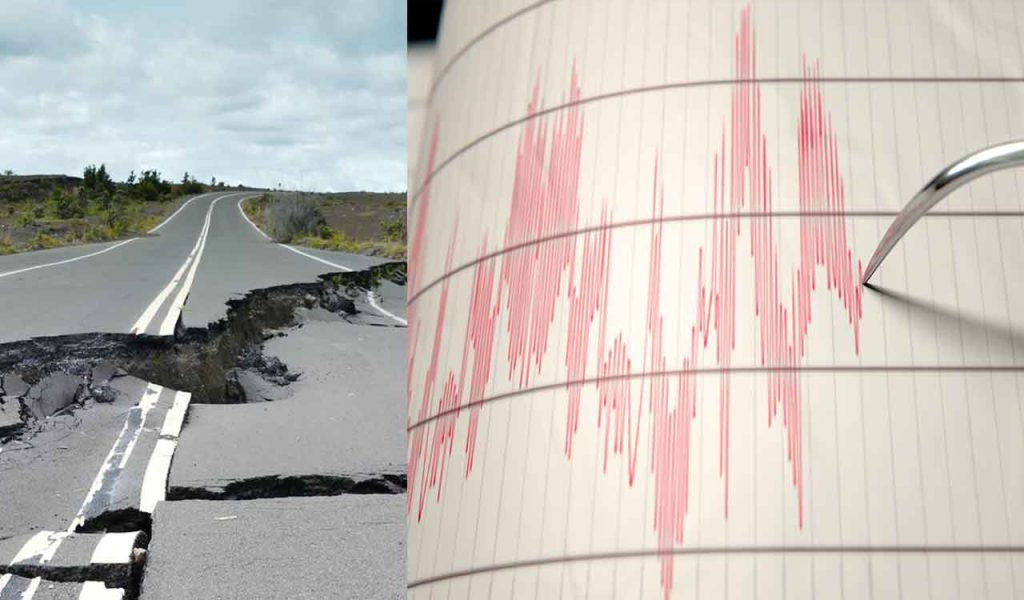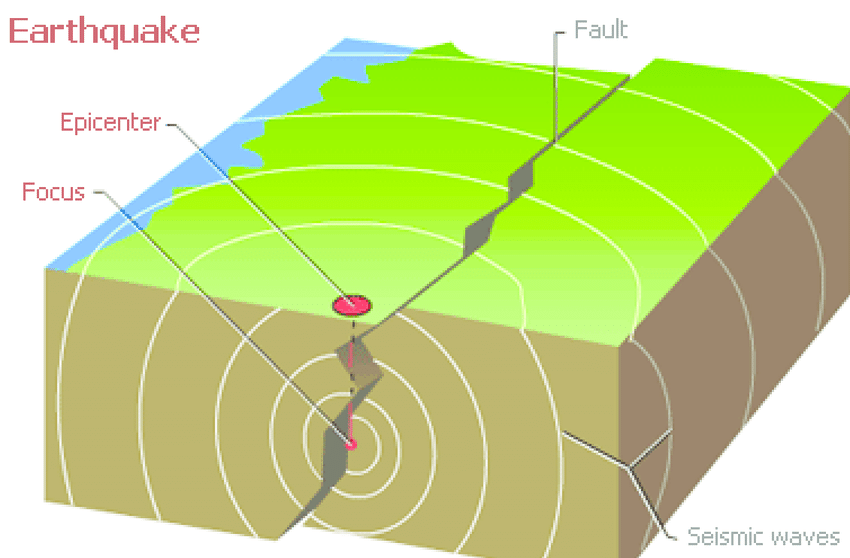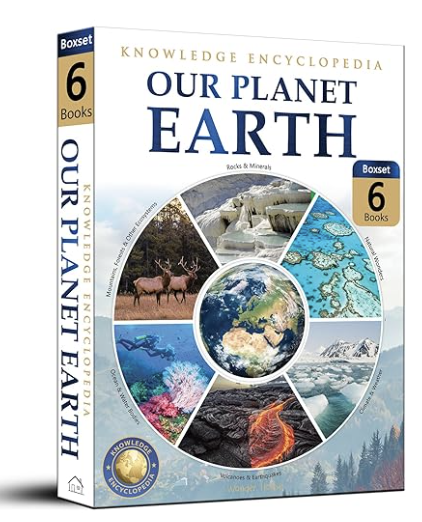
Earthquakes can feel like nature’s sudden outbursts, catching us off guard with ground-shaking surprises. But beneath every tremor lies a story of forces building, releasing, and echoing through Earth’s crust. In this blog, we’ll explore how earthquakes work, what triggers them, how they travel, and what science has uncovered about them. Get cozy, because the story beneath your feet is more fascinating than you might think.
Earth’s Moving Puzzle: Tectonic Plates and Stress Buildup
Imagine Earth as a giant jigsaw puzzle made of massive slabs called tectonic plates. These plates glide, bump, and grind slowly over the molten mantle below. According to the British Geological Survey, it’s this movement, occurring at a few centimetres per year, that sets the stage for seismic activity.
Sometimes they slide past one another along cracks called faults. Friction holds them in place until strain builds up over decades or centuries, and then, suddenly, the edges slip. This abrupt release of elastic strain energy causes the ground to shake in what we feel as an earthquake. Scientists call this the elastic‑rebound theory, first described after the 1906 San Francisco earthquake. It’s a powerful metaphor: stress accumulates like a bent stick until it snaps back and sends ripples in all directions.
The Hidden Epicenter: Where Earthquakes Begin
Beneath the shaking, deep underground, there is a point of origin called the focus or hypocenter. This is where rock rupture begins. Directly above it on the surface is the epicenter, the focal point of shaking felt above ground .
When that rock breaks, after being locked and stressed, it unleashes seismic waves. These waves race through Earth’s layers, curving and bending just like light travelling through a prism. Scientists study these seismic wave patterns to map out Earth’s interior and understand how the planet is constructed beneath our feet.
Seismic Waves: How Earth Trembles
Once the fault gives way, various kinds of seismic waves ripple outward. P‑waves are the fastest, compressing and expanding rock-like sound waves. S‑waves follow, shaking the ground from side to side, but they can’t pass through liquid layers like Earth’s outer core. Then there are long-distance surface waves, which ripple along the crust and often cause the most damage.
Here’s a mind-blowing stat: for every full step up in magnitude (say from 6.0 to 7.0), the energy released multiplies about 32 times. A magnitude 8.6 quake equates to the energy of 10,000 Hiroshima-sized atomic bombs, enough to reconfigure landscapes or sink whole cities.
Earthquake Magnitude and Frequency
Scientists use the Richter scale and newer scales like the moment magnitude to measure quake size. The Richter scale is logarithmic: each number up means ten times greater wave amplitude and about 31.6 times more energy release .
Globally, about half a million earthquakes shake Earth each year, though most are tiny. Only a handful exceed magnitude 7.0. The Gutenberg–Richter law tells us how often different sizes occur: for every magnitude 4 or larger quake, we see about ten quakes above magnitude 3, and so on.
Types of Faults and Earthquake Zones

Different faults produce different quakes. Transform faults, like California’s San Andreas, are where plates slide sideways. Convergent boundaries, where one plate is forced beneath another, produce the planet’s most powerful tremors, known as megathrust earthquakes. These quakes often exceed magnitude 9.0 and generate tsunamis capable of reshaping coastlines.
Divergent boundaries, like under oceans, where plates pull apart, can also quake, though usually less violently. But whether it’s rupture from sliding past each other or colliding head-on, stress release along any boundary can cause an earthquake.
Surprising Triggers and New Science
It turns out earthquakes are more complex than just plates rubbing. In lab experiments simulating fault conditions, physicist Jay Fineberg discovered supershear ruptures, a rare type that moves faster than the speed of sound along a fault. Some researchers believe this might have occurred during the devastating 1999 İzmit earthquake in Turkey, creating a kind of sonic boom underground.
Other surprising triggers include heavy rainfall or tides that shift weight on fault zones, potentially nudging stressed faults toward rupture. A controversial study after the 2010 Haiti quake suggested massive erosion from hurricanes could have altered stress and may have hastened the earthquake.
How We Monitor and Prepare
We can’t predict exactly when an earthquake will hit, but scientists use seismic networks to detect shifts and issue early warnings in a matter of seconds. These alerts are starting to save lives in places like Japan, giving people time to duck and cover before strong shaking arrives.
In earthquake-prone cities, engineers design buildings to sway gently instead of crumbling. There’s also active research into using small tremors to relieve stress, what science fiction once promised—as a way to prevent large shocks down the line.
Why Earthquakes Matter – Beyond the Quake
Earthquakes remind us that Earth is a living planet, its surface is alive and shifting below. From plate tectonics shaping landscapes over millions of years, to how we build resilient cities today, earthquakes are central to understanding our dynamic planet.
They’ve shattered buildings and sparked tsunamis, but they’ve also taught us humility. They’ve led to innovations in engineering, geoscience, and early warning systems. And by studying them, we can learn to live more safely in Earth’s ever-shifting world.
Final Thoughts: Understanding How Earthquakes Work
So there you have it: how earthquakes work is a tale of stress and release, of plates slipping, of waves racing beneath us. It’s science and geology combined with a tinge of mystery and unpredictability.
Earth’s shifting crust is a reminder that beneath our daily routines lies a powerful engine of change. By understanding earthquakes, we appreciate both the beauty and the unpredictability of the planet we call home. And that knowledge is our first line of wisdom, and sometimes, safety.


Leave a Reply